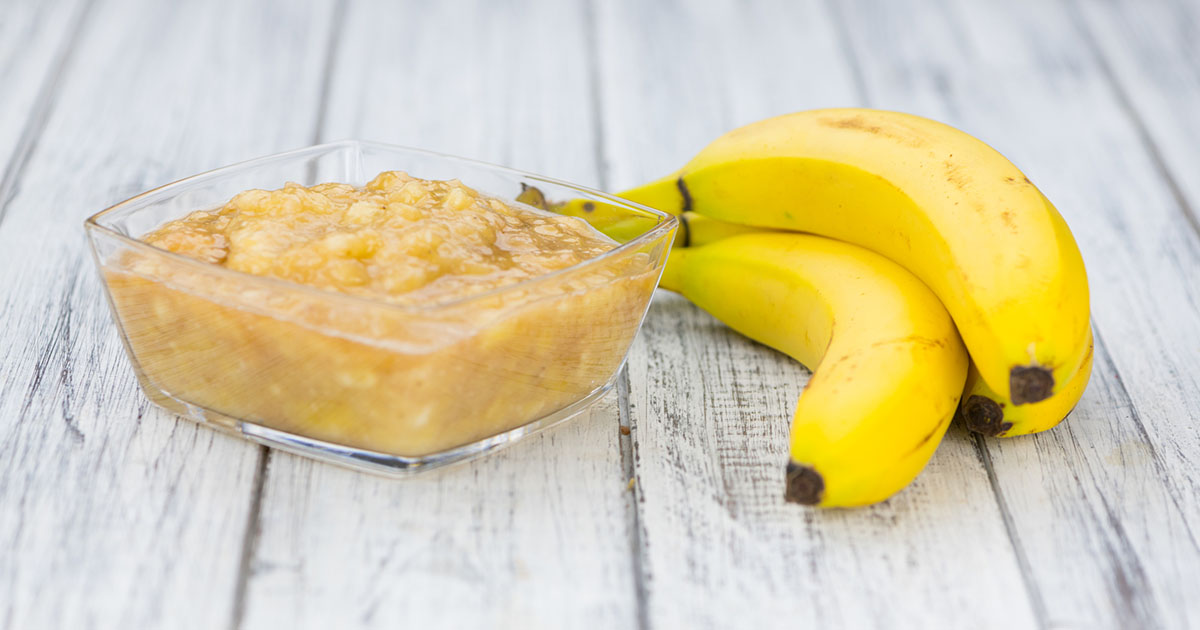How To Treat Temporomandibular Joint Disease
Surgical Intervention

Surgical intervention is almost always used as a last resort for doctors treating a patient with temporomandibular joint disease. While conservative measures are certainly preferred and tested out first, they do not always work in providing relief and correcting the condition in every patient. As such, some patients will benefit from surgical intervention, such as an arthrocentesis. This minimally invasive technique is done by inserting small needles into the joint, allowing the fluid to flow through and remove any debris and byproducts that cause inflammation. Arthroscopy can also be effective in treating TMJ disease, as can open-joint surgery. The latter is only used to address structural problems in the joint, as it comes with a plethora of risks. Be sure to discuss both the benefits and risks of each surgery option with your doctor or dentist before committing to one of the procedures.
Continue for more ways to treat temporomandibular joint disease.
Shifts In Diet

Other holistic methods and lifestyle changes can be utilized at home to treat temporomandibular joint disease. Making shifts in your diet is one of those simple options. Though this will typically only work when relieving minor pain and will not improve any structural problems with your jaw, it is a small life hack that can make eating much more pleasant. This works on the principle of avoiding overusing the jaw muscles. Eating hard, sticky, or overly-chewy foods requires more work from the jaw, something that can really fire-up pain in patients with TMJ disease. Avoiding these foods is an easy way to allow the jaw to relax when eating. Stick to soft foods and cut your food into smaller pieces.
Keep going for another way to treat temporomandibular joint disease.
